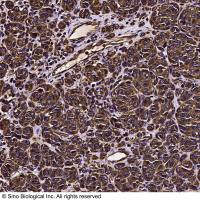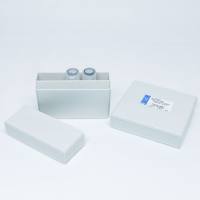Since the inception of affinity chromatography 30 years ago (1 ), it has developed into a powerful tool mainly for the purification of proteins. It is based on the reversible formation of a tight binding complex between a ligand, immobilized on an insoluble matrix and a substance, the ligate, to be isolated from the solution. Typically the ligate is adsorbed by a column with the immobilized ligand, whereas noninteracting substances are washed off. By changing the elution conditions, the ligate can be released in a highly purified form. Some researchers argue that this procedure is based on specific extraction rather than by chromatography, which should rely on the differential migration of various substances. Regardless of the definitions, it is clear that traditional affinity chromatography exploits high affinity or avidity (binding constant (Ka ) > 105 /M) between the interacting molecules, which will result in an effective adsorption of the ligate. In this context the distinction between affinity and avidity is important: Whereas affinity describes the interaction in an individual binding site, avidity describes the multivalent binding between multiple binding sites of the ligand and ligate, respectively. High binding strength is required to achieve efficient adsorption, whereas weaker interactions will not produce adequate binding and therefore insufficient specificity will be acquired. This statement that strong specific binding is a prerequisite for the successful isolation of an interacting molecule has been in a nutshell the consensus of affinity chromatography.






